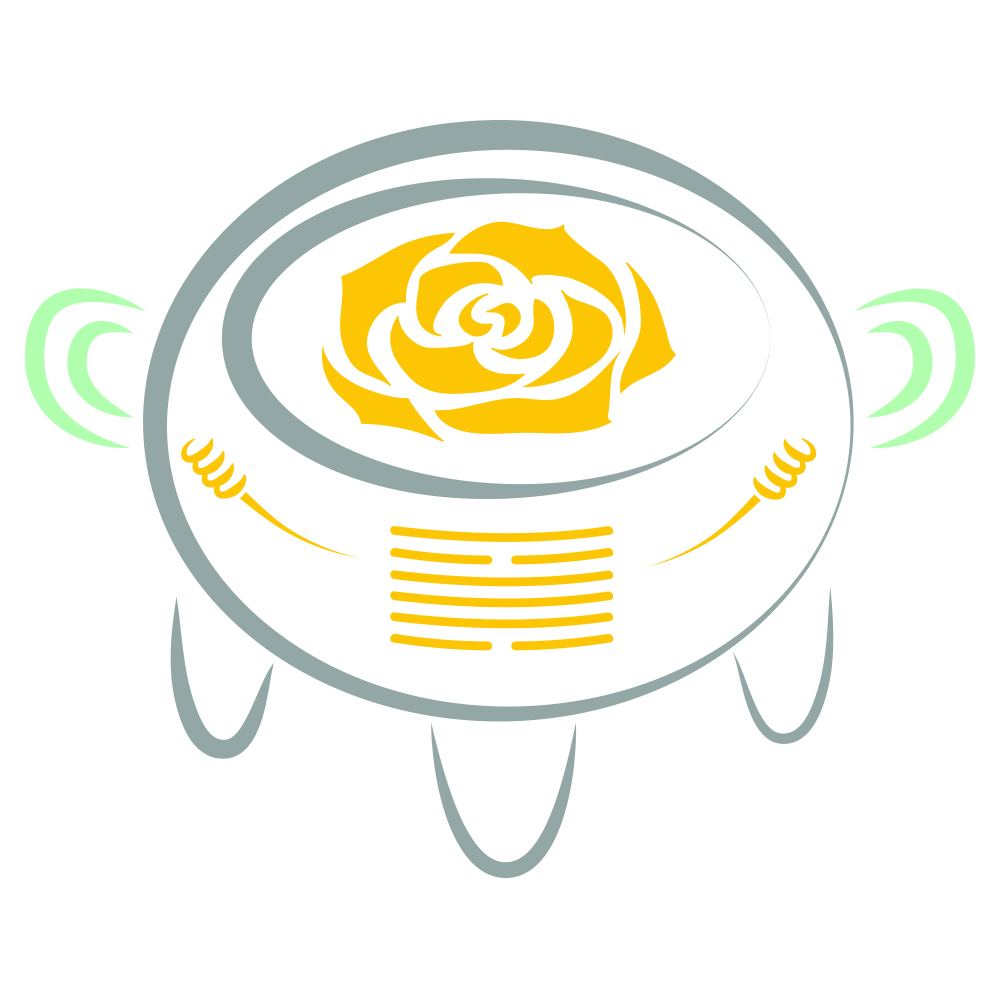Here's a sneak peak at our new office which is under construction.
Within Chinese Medicine and culture the number 5 is significant. There are five elements (wood, fire, earth, metal, water), five states of change, and five major organ pairs or systems we use to map body function and assess health. In the ancient Chinese text of the I Ching, five is significant as a number of transformation and change.
September 9 will mark our five year anniversary at LBCA and we are heading for change and transformation too--We will be moving locations. Since opening, we’ve given over 30,000 treatments, enjoyed help from able volunteers, and created jobs for others. Providing affordable care in our community has been one of the highlights of my life, truly. There is nothing like offering this service to people who could never afford it otherwise!
It would be impossible to tell you in a single blog post how much I have learned in five years about running a business, patient care, and building community. This practice has revealed the wonders of frequent treatment and importance of access. Nirva and I have both witnessed responses to acupuncture that are nothing short of miraculous and at the same time we’ve worked with people who make slow, incremental changes that add up to significant, lasting healing. And then there’s every scenario in between.
Working in this way has changed me forever. I cherish the relationships that I’ve built with so many of you, and I know Nirva feels the same about our community of patients. You enrich our lives beyond measure.
By the end of October, we will move the location of our clinic to a new space. Our treatment room will be a bit cozier and our new building includes a parking lot, plenty of bathrooms, and a much cleaner and safer exterior environment.
Earlier this year as I was struggling to make this decision to move, I consulted the I Ching. The hexagram I received was 50, which is sometimes translated as vessel or cauldron and indicates stability and harmony. In Chinese culture these three-legged vessels were used in rituals as well as for cooking; they have the ability to contain and transform. Most important to me, by virtue of their structure, a vessel can be moved. When I think of the clinic as a vessel, where we practice and people are transformed, it made sense to me to look in earnest for a new place where we might do this work.
In addition to changing locations, we will be changing our schedule and logo. We are also discussing other modalities to include to enhance your care. While we will always do what we can to keep acupuncture affordable, we are altering our sliding scale, after 5 years, to reflect cost of living increases. Our new scale will be from $20 - $50. We still plan on having treatment packages and specials and will certainly honor ones you have already purchased from us.
Thank you for you a wonderful first five years! We look forward to five more years together, transforming one another through community.
